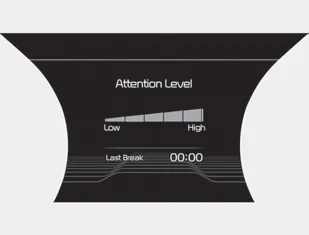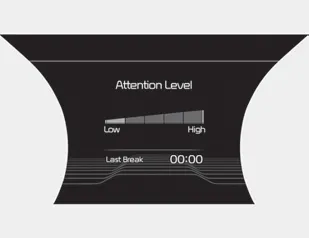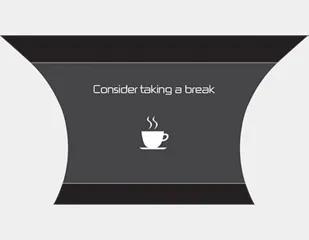Kia Stinger CK: Driver Attention Warning (DAW) / System setting and activation
Kia Stinger (CK) 2018-2023 Owner's Manual / Driving your vehicle / Driver Attention Warning (DAW) / System setting and activation
Contents:
System setting
- The Driver Attention Warning system is set in the OFF position when your vehicle is first delivered to you from the factory.
- To turn ON the Driver Attention Warning system, turn on the engine, and then select 'User Settings → Assist → Driver Attention Warning → Normal/Early' on the LCD display.
- The driver can select the Driver Attention Warning system mode.
- Off : The Driver Attention Warning system is deactivated.
- Normal : The Driver Attention Warning system alerts the driver of his/her fatigue level or inattentive driving practices.
- Early : The Driver Attention Warning system alerts the driver of his/her fatigue level or inattentive driving practices faster than Normal mode. - The set-up of the Driver Attention Warning system will be maintained when the engine is re-started.
Display of the driver's attention level


- The driver can monitor their driving conditions on the LCD display.
- Select 'User Settings Mode' and then 'Assist' on the LCD display. (For more information, refer to "LCD Display" in chapter 4.) - The driver's attention level is displayed on the scale of 1 to 5. The lower the number is, the more inattentive the driver is.
- The number decreases when the driver does not take a break for a certain period of time.
- The number increases when the driver attentively drives for a certain period of time.
- When the driver turns on the system while driving, it displays 'Last Break time'.
Take a break

- The "Consider taking a break" message appears on the LCD display and a warning sounds to suggest that the driver take a break when the driver's attention level is below 1.
- The Driver Attention Warning system will not suggest a break when the total driving time is shorter than 10 minutes.
Other information:
Kia Stinger (CK) 2018-2023 Owner's Manual: Ambient Temperature Sensor (ATS)
Specifications Specification Temperature[⁰C(⁰F)] Resistance(kΩ) -40(-40) 811.1 - 956.8 -20(-4) 255.6 - 287.7 0(32) 91.5 - 98.8 20(68) 36.6 - 38.0 30(86) 23.Kia Stinger (CK) 2018-2023 Owner's Manual: Steering Gear box
Components and components location Components 1. Tie rod end 2. R-MDPS motor Repair procedures Removal 1. Remove wheel nuts, front wheel and tire (A) from hub. Tightening torque : 107.9 - 127.5 N·m (11.0 - 13.0 kgf·m, 79.6 - 94.0 lb·ft) Be careful not to damage the wheel bolts when removing the wheel and tire (A).Categories
- Manuals Home
- Kia Stinger Owners Manual
- Kia Stinger Service Manual
- New on site
- Most important about car
Contents
Copyright © 2025 www.kstinger.com 0.0186


